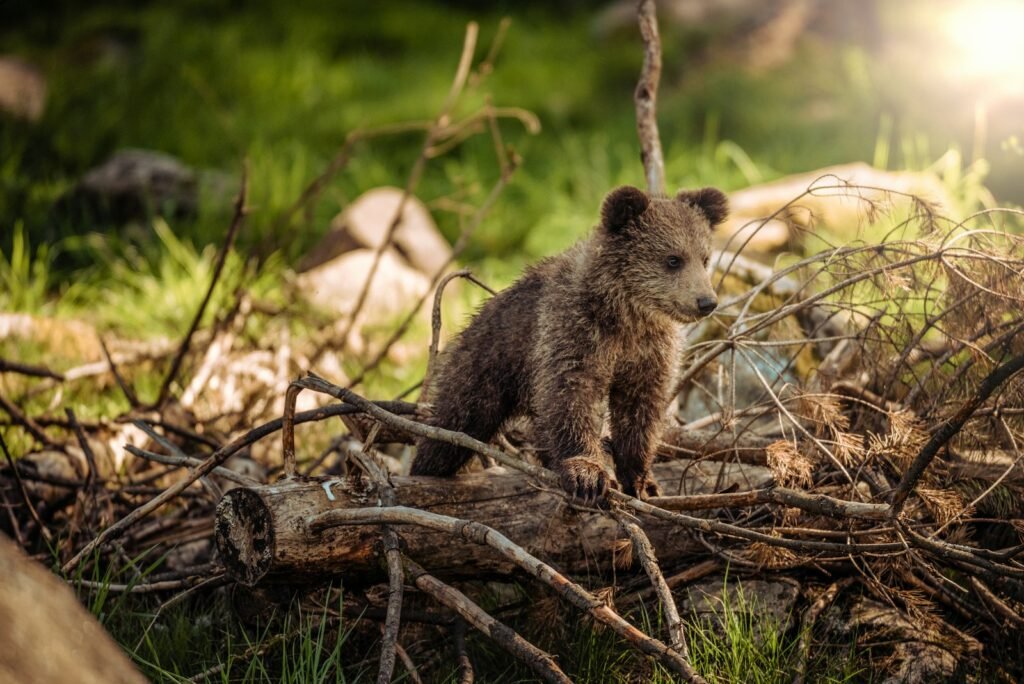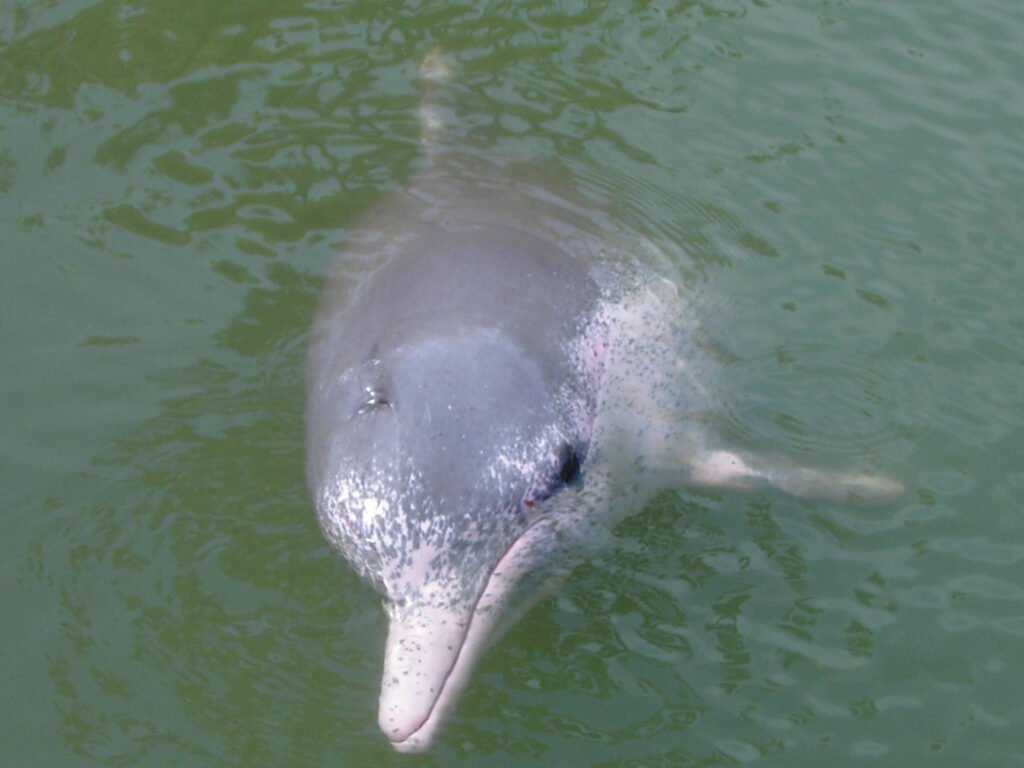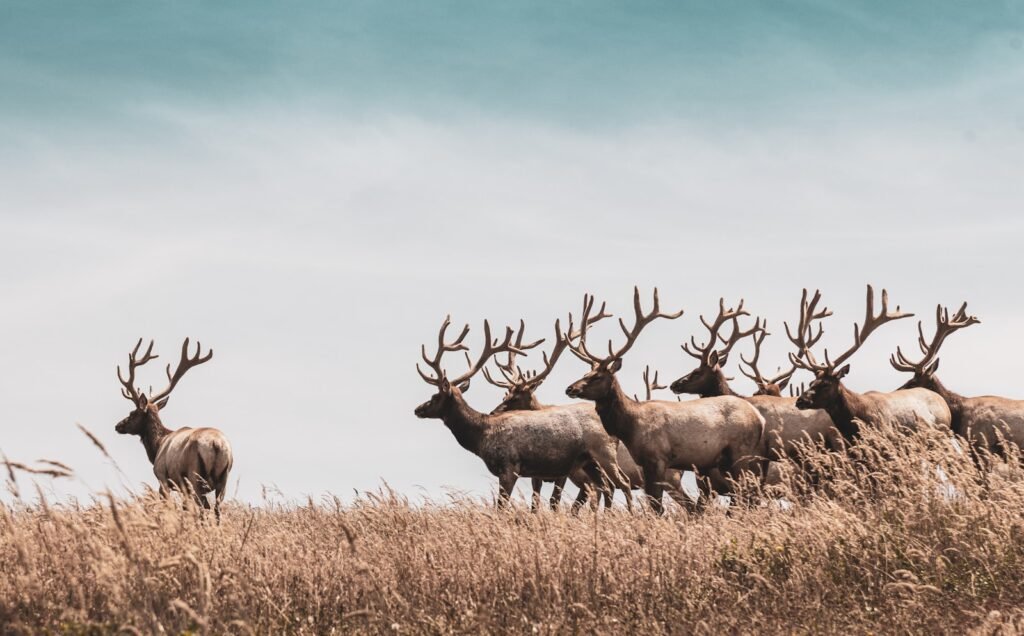Imagine a place where dozens of distinct cultures, languages, and histories intertwine, creating a living tapestry more vibrant than any single thread could ever be. The Siletz Confederation, nestled amid the lush forests and wild rivers of western Oregon, stands as one of the most compelling stories of resilience and unity in North America. This is not just a story about survival—it’s about adaptation, revival, and the profound connections between people and the land they call home. To step into the world of the Siletz is to witness the heartbeats of many nations pulsing together, against all odds, in a landscape as breathtaking as it is storied.
Origins of a Confederation: Many Tribes, One People
The Siletz Confederation is unique, born from the forced relocation and merging of more than 27 distinct tribes and bands. Before European settlers arrived, each of these tribes had their own languages, customs, and territories stretching from the Cascade Mountains to the Pacific coast. When the U.S. government created the Coast Reservation in the 1850s, these diverse peoples were uprooted and brought together, forging a new collective identity out of necessity. The process was rife with hardship, but it also set the stage for a remarkable experiment in cultural integration and survival. Today, the Confederation of Siletz Indians represents this union, holding onto the memory of each original nation while moving forward as one.
Geography and the Land’s Living Memory
The Siletz homeland sprawls across the rain-soaked valleys and rugged coastlines of western Oregon, a place where the land itself seems to remember the footsteps of ancient peoples. Tall Douglas firs, roaring rivers, and misty headlands define the region, providing not only natural resources but also forming the backbone of Siletz identity. The landscape is alive with meaning—sacred places, fishing grounds, and gathering sites are woven into the stories and ceremonies of the people. The Siletz have always respected the land as a living relative, understanding that their own well-being is deeply tied to the health of their environment.
Languages: Echoes of Many Voices
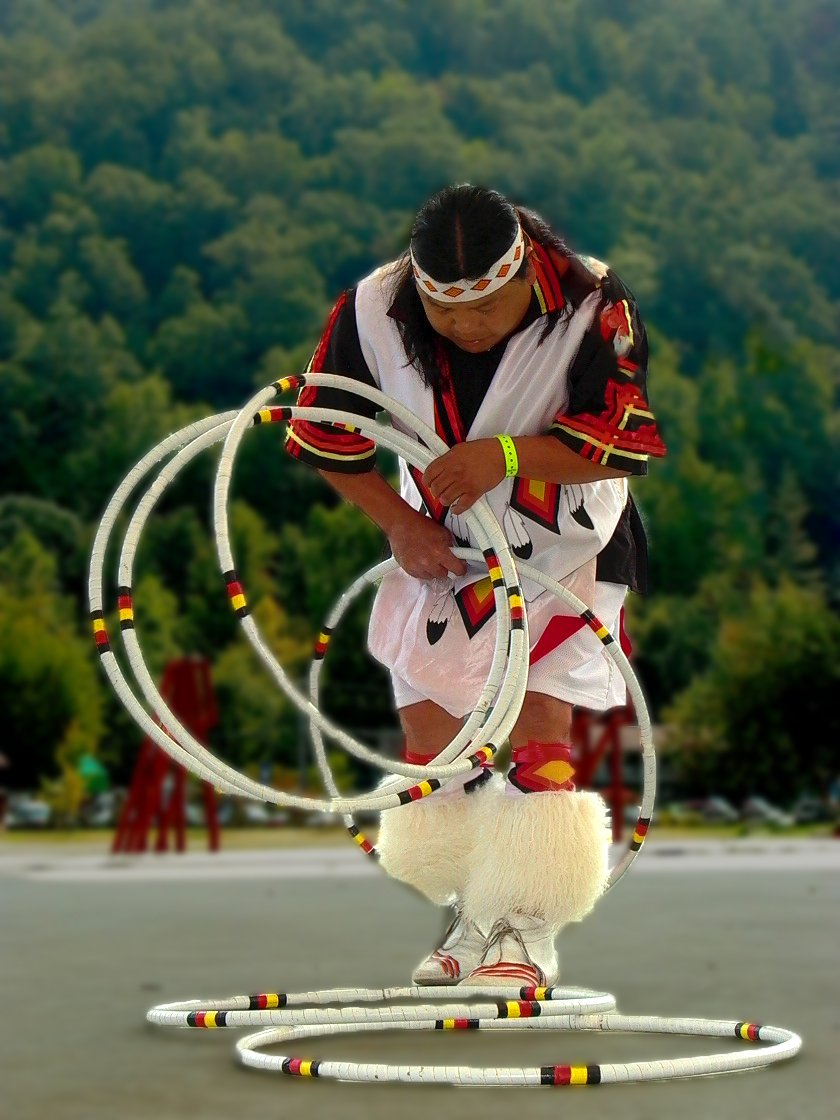
At one time, the Siletz Confederation boasted a stunning variety of languages—Athabaskan, Salishan, Chinookan, and others—each carrying unique worldviews and ways of describing the natural world. Tragically, many of these languages faced extinction due to forced assimilation policies and the trauma of relocation. Yet, hope endures. The Siletz Dee-ni language, a dialect of Tolowa-Athabaskan, has seen a revival in recent years, with language programs and digital archives helping to reclaim words and phrases once thought lost. For the Siletz, language is more than communication—it is a bridge to ancestors and a key to cultural survival.
Resilience in the Face of Hardship
The history of the Siletz Confederation is marked by overwhelming adversity: broken treaties, loss of land, and cultural suppression. Despite this, the community never surrendered its sense of identity. Elders passed down traditions in secret, families clung to memories of homelands, and ceremonies persisted even when outlawed. In the modern era, the Siletz have fought for and regained federal recognition, reclaimed lands, and rebuilt institutions. Their story is one of resilience—a testament to the unbreakable spirit that has carried them through centuries of change.
Cultural Revitalization and Modern Expression
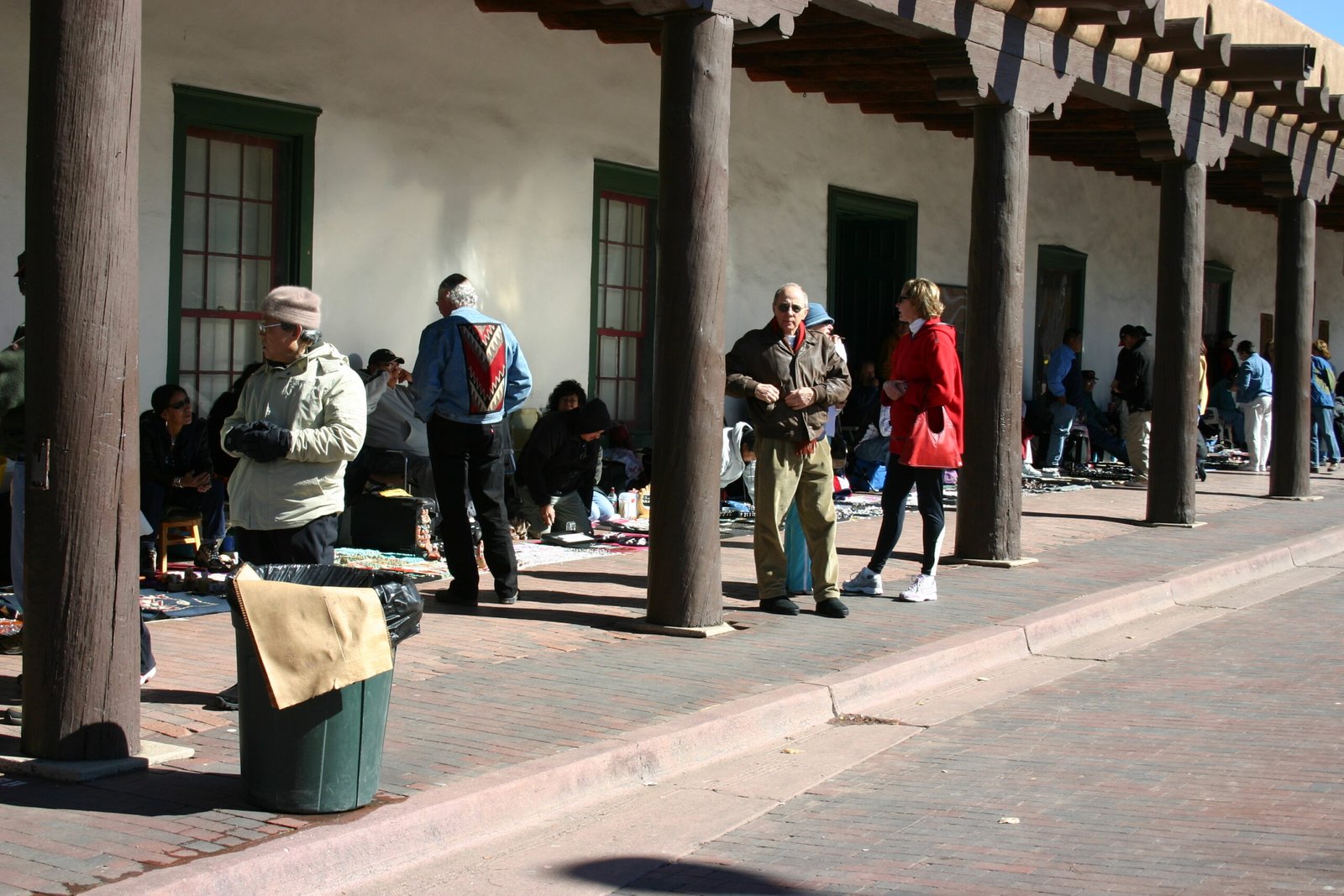
Today, the Siletz Confederation is experiencing an inspiring cultural renaissance. Annual powwows, traditional canoe journeys, and storytelling festivals bring together members from all backgrounds to celebrate their shared heritage. Artisans craft intricate baskets, beaded regalia, and carvings that echo ancient styles, while musicians blend traditional drumming with contemporary sounds. These cultural expressions are not just about looking back—they are vibrant acts of living tradition, ensuring that Siletz identity continues to evolve and thrive in new generations.
Science and Traditional Ecological Knowledge
Long before Western science arrived in Oregon, the Siletz and their ancestors practiced complex systems of environmental management. Their knowledge of plants, animals, and natural cycles was accumulated over thousands of years and passed down through oral histories. Today, scientists are increasingly recognizing the value of this Traditional Ecological Knowledge (TEK). Siletz expertise in controlled burning, sustainable harvesting, and habitat restoration is now influencing modern conservation efforts, proving that indigenous wisdom is not just historical—it is vital for the future of Oregon’s ecosystems.
Community Health and Healing
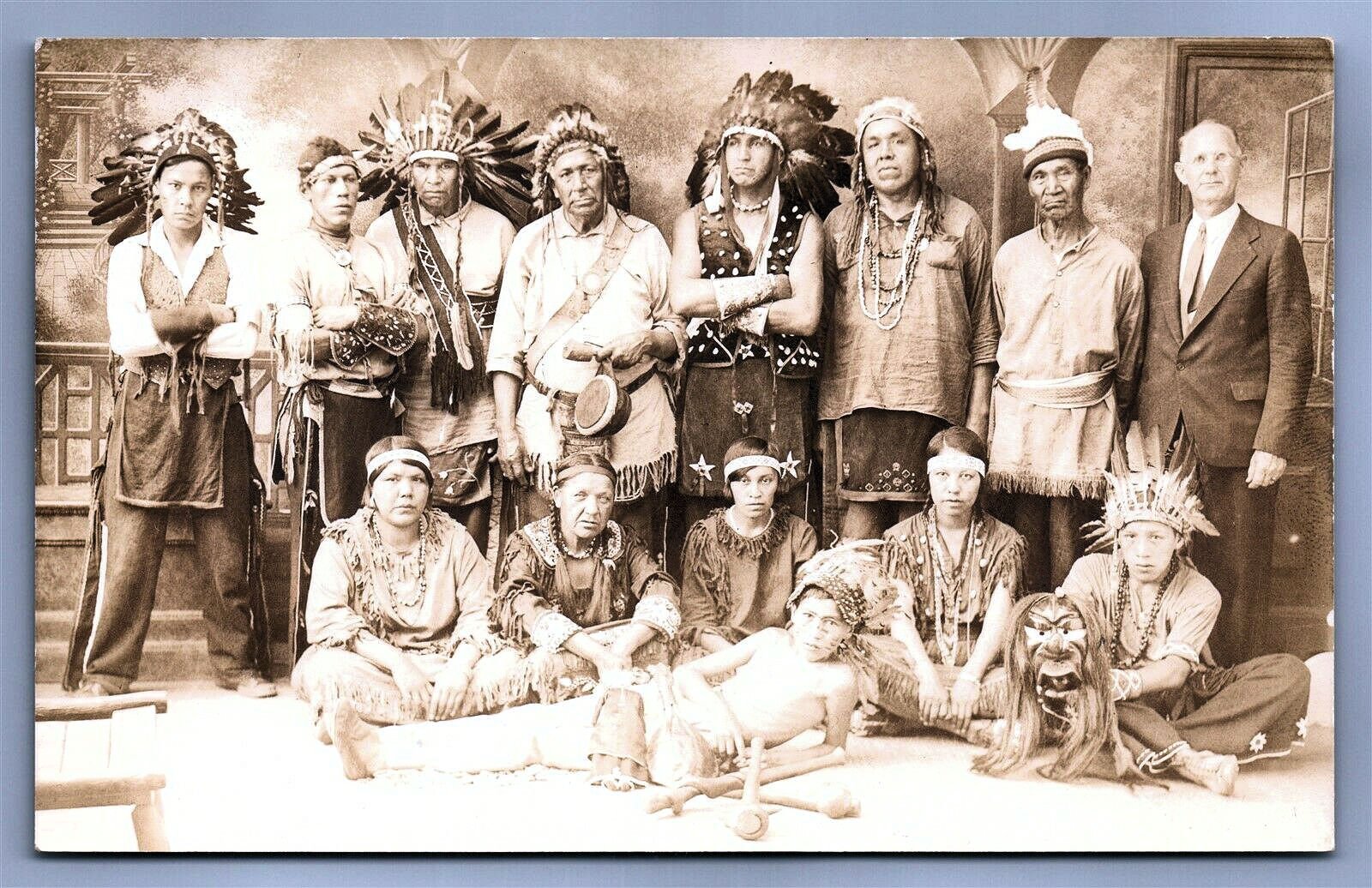
Generations of trauma left deep scars on Siletz families, affecting health, education, and economic well-being. Yet, the community has responded with powerful initiatives to promote healing and wellness. The Siletz Tribal Health Clinic combines modern medicine with culturally relevant care, offering programs that address substance abuse, mental health, and diabetes prevention. Traditional foods and medicines—like salmon, camas, and huckleberries—are being restored to diets, reconnecting people to their roots and improving health outcomes. This holistic approach recognizes that true wellness depends on body, mind, and spirit.
Self-Governance and Sovereignty
After years of struggle, the Siletz regained federal recognition in 1977, a milestone that restored their right to self-governance. Tribal council elections, court systems, and economic enterprises now empower the community to make decisions for their own future. The tribe has developed its own constitution, manages housing and social services, and operates successful businesses like casinos and timber operations. Sovereignty is not just a legal status—it is the foundation for rebuilding communities and restoring dignity after generations of dispossession.
Economic Development and Opportunity
Economic self-sufficiency has been a major goal for the Siletz Confederation. Through tribal enterprises, the community has created jobs, funded education, and supported cultural programs. The Chinook Winds Casino, opened in the 1990s, became a cornerstone of this effort, drawing visitors from across the region and generating revenue for tribal projects. Other ventures include timber management, fisheries, and hospitality. These businesses are not just about profit—they represent the determination of the Siletz to provide for their people on their own terms.
Environmental Stewardship and Restoration
Caring for the land remains a central value for the Siletz. The tribe has launched ambitious restoration projects to heal rivers, wetlands, and forests damaged by decades of overuse. Salmon runs, once devastated, are being restored through hatchery programs and habitat work. Native plants are being reintroduced, and traditional burning practices are helping prevent wildfires while supporting biodiversity. These efforts not only sustain wildlife but also reconnect the Siletz people to sacred landscapes, underscoring their role as stewards of Oregon’s natural heritage.
Looking Forward: The Next Chapter
The story of the Siletz Confederation is far from over. Young leaders are stepping up, infusing new energy into language revitalization, education, and environmental activism. Digital technologies are making it easier than ever to share stories, teach languages, and unite scattered members across the country. As the Siletz continue to navigate the challenges of the 21st century, they do so with a legacy of adaptation, community, and hope. Theirs is a living nation—one that honors the past while boldly shaping the future.

